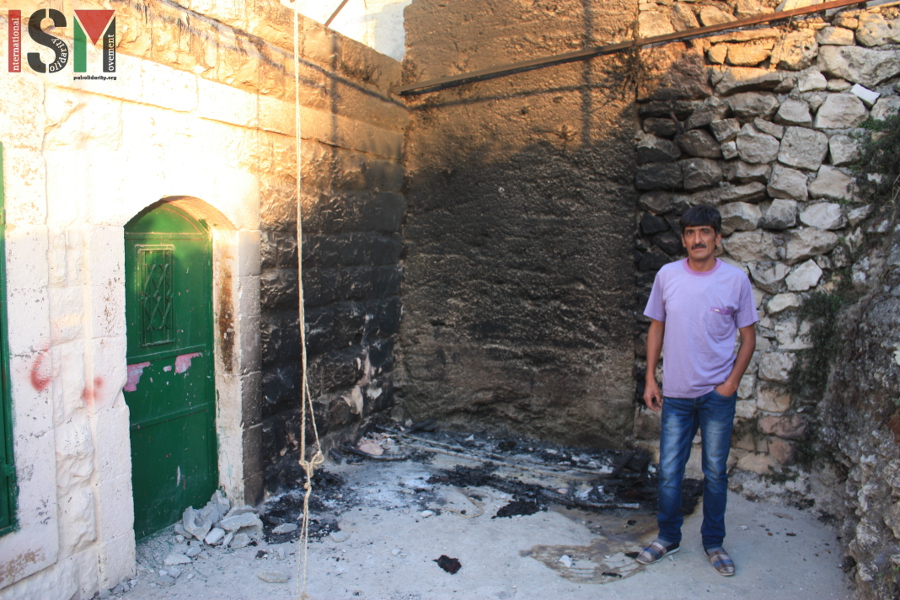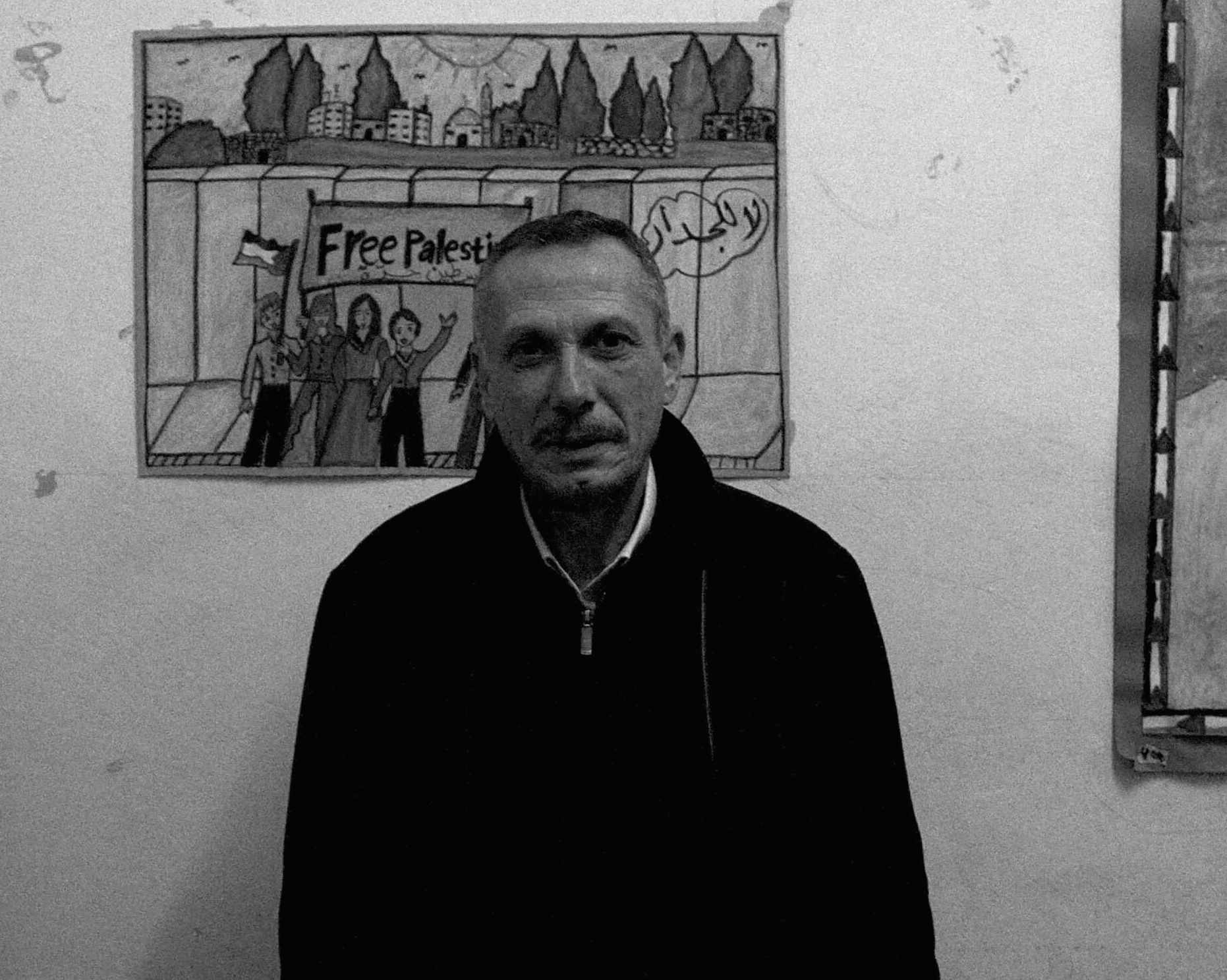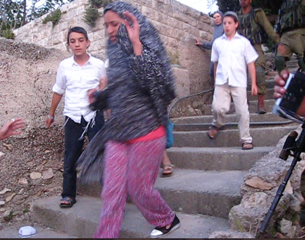Tag: Settlers
-

Settlers set Palestinian home on fire
31st May 2015 | International Solidarity Movement, Al Khalil Team | Al Khalil, Occupied Palestine Around 12 PM Saturday night the 30th/31st of May, Imad Abu Shamsiyeh woke up to the sound of stones being thrown at his home, in Tel Rumeida, Al Khalil (Hebron). This is not at all out of the ordinary for the Abu Shamsiyeh family…
-

Another violent attack on Palestinian family
23rd May 2015 | International Solidarity Movement, Al Khalil Team | Al Khalil, Occupied Palestine On the 23rd May, settlers in Al Khalil (Hebron) blocked the entrance to Hashem Younes Azzeh’s house and attacked his family. Large rocks were thrown at them and his daughter was hit in the hand. Hashem lives with his wife and four children in…
-

Palestinian woman and her children attacked by settlers
9th May 2015 | International Solidarity Movement, Al Khalil Team | Al Khalil, Occupied Palestine Yesterday evening in Al Khalil (Hebron), a Palestinian woman and her two small children were attacked by settlers from the illegal settlement as they were on their way to the shops. Marwat Abu Remele lives in Tel Rumeida, an area in Al Khalil under Israeli…
